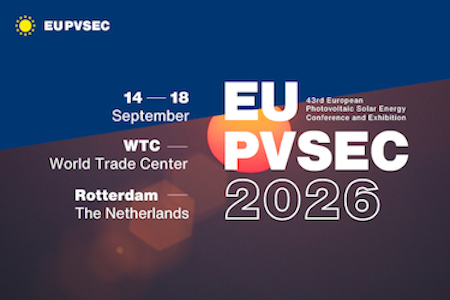Post - Articles
SIMEC Atlantis partners with GE on world’s largest tidal stream turbine
- 6 years ago (2019-06-25)
- David Flin
Renewable energy project developer SIMEC Atlantis Energy has announced that it will partner with GE’s Power Conversion business to develop the world’s largest tidal stream turbine. The two companies have signed a Technology Partnership and Preferred Supplier Agreement which will see them working together to further the development of the MeyGen tidal stream project in the Pentland Firth, Scotland, and to promote tidal stream technology and develop large-scale projects to tap into tidal energy.

EU-PVSEC 2026
Designs for the 2MW turbines were unveiled in September 2018 by SIMEC Atlantis Energy, a company formed when the Australian-founded Atlantis became part of the GFG Alliance Group.
GE’s Power Conversion business will provide the tidal turbine generators and the power converters for the addition of two of SIMEC Atlantis’ new AR2000 2MW tidal turbines to the MeyGen project.
Drew Blaxland, Director of Turbine and Engineering Services for Atlantis, said: “We are excited to partner with GE to deliver the MeyGen tidal project. We strongly believe it has the potential to provide home-grown transformation of the UK energy market and will redefine what the world can expect from renewable tidal energy.”
The two companies will first focus on developing the second phase of the MeyGen tidal stream array, known as Project Stroma, which will see a further 6MW of power generation capacity added to the existing 6MW. The MeyGen project currently consists of four 1.5MW AR1500 turbines, which were completed in March 2018.
Blaxland said: “The AR2000 is expected to be the world’s largest single axis tidal turbine, and it will be deployed on the world’s largest tidal power project. We want to partner with the world’s best companies; leaders in technology and innovation. We expect that the AR2000 will become the system of choice for developers of tidal power projects around the world. It will be developed and built in Britain and then exported around the world.”
